After I wrote about the challenges of marketing literary novels (see my previous post here), I asked if anyone knew of an author writing a literary book that’s done what Amanda Hocking, J.A. Konrath, and other eBook superstars have done. A reader on Kindleboards told me about Darcie Chan and her novel, The Mill River Recluse, which, today as I post this, is #2 in Kindle sales and ranks as the #1 book on Amazon’s contemporary fiction list.
The story focuses on widow Mary McAllister. Disfigured by the blow of an abusive husband, and suffering her entire life with severe social anxiety disorder, McAllister spends almost sixty years secluded in a white marble mansion overlooking the town of Mill River, Vermont. As I’m discovering this gripping tale, it’s not a thriller, a paranormal romance, or a detective novel, yet people are loving it and posting reviews.
Who is Darcie Chan and how did she do this? She kindly agreed to an interview, below. This is Ms. Chan’s first novel, but before she released this book, she landed a top New York City agent, Laurie Liss, who, despite believing in the book, was unable to get a publisher. Two years later, with her manuscript still sitting in a drawer, Ms. Chan decided to try self-publishing the book as an eBook. It took off.
Christopher Meeks: You’re an attorney, a wife, a mother, and a gardener. When do you have time to write?
Darcie Chan: Well, I will tell you that, this summer, my modest vegetable garden has been completely overtaken by weeds!
In all honesty, it takes a lot of juggling. I obviously have to give priority to my family and my job, so my writing generally happens later in the evening, after my son is asleep, and I’ve finished work for the day.
Where did you get the idea for The Mill River Recluse, and what drove you to write this book when you did?
The Mill River Recluse is the story of a woman with severe social anxiety disorder and agoraphobia who manages, despite a lifetime of physical isolation, to secretly change the lives of everyone who lives in her small Vermont town.
The basic concept for The Mill River Recluse was inspired by a certain gentleman named Sol Strauss who lived in Paoli, Indiana, the small town in which I lived during high school and my mother was born and raised. Mr. Strauss, a Jewish man who fled Nazi Germany, operated a dry goods store in Paoli in the 1940s. Even though Mr. Strauss lived quietly alone above his shop and never seemed to be fully embraced by the town’s predominantly Christian population, he considered Paoli to be his adopted community and is still remembered today for his extreme generosity.
I thought it would be very interesting to build a story around someone who is misunderstood or different in some way, and to show that even someone who is seemingly far-removed from his or her community may in fact be more special and integral than anyone could imagine.
In terms of timing, I wrote Recluse several years ago, before my son was born. I had always wanted to try my hand at writing a novel, and I’d reached a point where I was finished with my education and had been in my job for a few years – long enough that I had been promoted and felt comfortable in my position. My husband was still in his residency, so he was working long hours and was often gone overnight or at least until very late in the evening. I thought that it might be a good time to attempt a first novel.
Did you start writing your book with Mary McAllister’s last night on earth, or did that come later? You love Alice Sebold’s opening to The Lovely Bones as much as I do, and your opening grabs boldly, too, hinting at parts of Mary’s life, which we immediately want to discover.
If I remember correctly, I had just begun writing when I realized that that should be the scene that opens the book. It is an arresting scene, and I worried that, like the opening to The Lovely Bones, it might be a turn-off for some readers. But, Mary’s last night is the point in time that separates the events of the past and the events of the present – the point joining the two timelines in the story. It also provided an opportunity to work in hints of things that occurred during both timelines. For those reasons, I felt deep down that it was the best way to begin the book.
I noticed in other interviews what an avid reader you are and how you learn from other writers. What two or three writers in particular have inspired you and what have you learned from their writing?
I actually read far less these days than I would like, but I do believe that it is so important to read a wide variety of books to continue to grow and learn as a writer. We had three days with no power as a result of Hurricane Irene, and I was tickled to be able to devour a book over the course of two evenings while reading with a flashlight! The book was The Eighty Dollar Champion by Elizabeth Letts, and it was fabulous!
It is hard for me to choose only a few writers who have inspired me because so many writers and books inspire me for various reasons. But, with respect to books that have taught me something that I found relevant in writing Recluse…I suppose I would point to The Lovely Bones, by Alice Sebold, because it shows that a shocking, tragic opening can give way to a story of remarkable beauty and peace.
Jodi Picoult’s My Sister’s Keeper is a heart-wrenching story that serves as an example of absolute mastery of storytelling through points of view of multiple characters. Finally, I would have to include A Tree Grows in Brooklyn, by Betty Smith, which is my favorite book. It is a story told with exceptional voice, honesty, and imagery. I also love that Francie, the main character through whose point of view the book is written, is, against all odds, a real survivor who triumphs in the end.
Did you take creative writing classes in college or how did you come to write fiction?
I actually started college (at Indiana University, Bloomington) as a pre-med biology major, and it wasn’t until midway through my junior year that I was finally honest with myself about what I should be studying. I loved reading, writing, journalism, and other humanities classes; I hated much of the pre-med curriculum, and I couldn’t imagine myself going through years of school and training to end up in a career that was not centered on reading and writing something other than medical textbooks and patient charts. So, with three semesters until graduation, I changed my major from biology to English.
It was such a relief! I was finally in classes that I loved. Unfortunately, to graduate on time, I had to cram a major’s worth of required English classes into the three semesters I had remaining. I was able to take only two creative writing classes – one was a poetry workshop and the other focused on short stories. I enjoyed both of them very much, although writing fiction seemed a better fit for me. I knew by that time that, someday, I wanted to try to write a novel.
I put my writing aspirations on hold for a long time. Through high school, college, and law school, I really didn’t have time for anything but my classes and my part-time jobs. After law school, I began working as an attorney, which is also a position with demanding hours. But, after a few years, I got used to the schedule and started writing late in the evenings as a creative outlet. I decided to attempt a novel-length piece of fiction, which wasn’t as intimidating as it once was. I figured that if I could draft or edit hundreds of pages of legal text within a few weeks, I could certainly complete a novel during my own time, writing at a far more leisurely pace.
I’d love to know everything about how you produced your book. How long did it take you to write it? How did you know it was done? Did you try publishing it the traditional way with an agent or did you decide it would be an eBook and just self-publish it? I see you have an agent at Sterling Lord, a great agency, best known for representing such authors as William Trevor, Ruth Rendell, and Ken Kesey. Did you get an agent after the book did well or before?
It took me about two and half years to write The Mill River Recluse, and several months more to edit it. I was very lucky to have several family members, friends, and acquaintances volunteer to be “test readers.” I sought from them as much honest feedback on the manuscript as they would give and used it to refine the manuscript as best I could.
It has always been a dream of mine to have a novel traditionally published, so when I felt the manuscript was as good as I could make it, I began the usual process of trying to find a literary agent to represent it. That is, I researched agents, sending out query letters, sending off requested partial or full manuscripts, etc. I accumulated many, many rejections…so many that I stopped counting. After I had been at it for several months, I had the full manuscript out with three agents, which was a good sign. I worked up the courage to send a query to another agent on my “dream agent” list – Laurie Liss, at Sterling Lord Literistic. Honestly, I expected a quick rejection. I was so surprised when I got an immediate request for the full manuscript…and then a very happy phone call a few days later.
Laurie’s fabulous reputation is well-deserved, and I hold her in such high regard. She is extremely knowledgeable, supportive, and patient, and a passionate advocate for new authors. She also keeps it real. Laurie told me during our first conversation that Recluse would be difficult to sell because it was a quiet, literary novel and I was a completely unknown writer. Nevertheless, she was willing to try because she loved the story and thought that readers would, too. Despite her valiant effort to place Recluse, none of the many publishers she approached were willing to take a chance on it. I saved the manuscript in a folder on my hard drive, and life went on.
I actually took a few years off from writing. I had a very busy period with my job that required substantial overtime. Also, my husband finished his medical training and accepted a faculty position at Memorial Sloan-Kettering Cancer Center in New York, which required us to relocate to New York from Maryland. Not long after that, we had our first child. I am still trying to catch up on sleep lost from all of these things!
During the past few years, though, it was impossible not to notice the explosion of eBooks. I started reading articles about writers who were so successful with their eBook sales that they established readerships and attracted the attention of trade publishers. Even after all the rejections, I still believed that a few people out there might enjoy Recluse.
I wondered whether, by releasing it as an eBook, I might be able to get some valuable feedback from readers and gradually (over several months or years) sell enough copies that I would no longer be a complete unknown when I had a second novel ready for submission. It seemed a better plan than continuing to let it languish on my hard drive. Laurie didn’t think it would hurt anything to try it, either, so I uploaded Recluse to the Kindle Store on May 18 and to the Nook Store in early June.
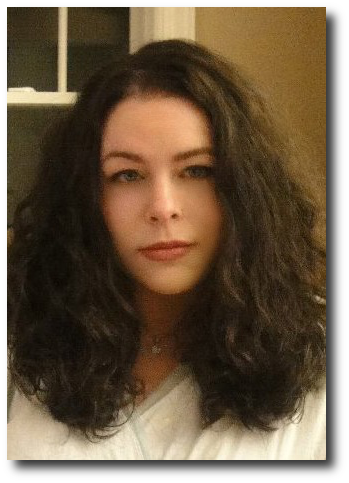
The Mill River Recluse has not been professionally edited…I did the editing of the manuscript myself, although the feedback I received from my test readers and from Laurie was invaluable in shaping what turned out to be the final draft. My test readers were also fabulous from a copyediting standpoint – I try to be meticulous when it comes to grammar, punctuation, and sentence structure, but every one of my test readers found something that I had overlooked and that no one else had caught. And, I’m sure that a professional fiction editor could further improve the manuscript.
I also designed the cover myself, with some help from my husband and one of my sisters. The cover is actually a photo taken by my youngest sister, Molly, of a large white mansion on a hill that overlooks my hometown of Paoli, Indiana. I grew up looking at that house, and when I was developing the storylines for Recluse, that image kept popping into my mind.
My husband helped me darken it and make some other modifications until I felt it captured the central image from my story – i.e., Mary McAllister’s mysterious isolation in her marble mansion. I also tried to make the cover eye-catching and as much like a traditionally-published book cover as I could.
Finally, in terms of knowing that Recluse was ready for the greater public…I didn’t actually know. I felt that the manuscript was as good as I could make it, and I viewed releasing Recluse in ebook form as an experiment. I think every writer takes a risk in making work public, but it is something that must be done if you hope to have others read your work.
I had no idea how Recluse would be received, but I felt that I had done my best and hoped that at least some people would enjoy it. I have been flabbergasted and humbled by readers’ response to my novel. Recluse’s popularity has truly come as a complete shock to me.
About how many books are you selling a day, and how long did it take from first publishing the book to getting what you thought were good sales?
I never really settled on a particular number to represent what “good sales” would be for Recluse. I certainly had no big expectations. Early on, I was selling one or two copies every day or two, and I was thrilled with that. I think it was in the third week of June that the 100th copy sold, and my husband and I grabbed up our son and did a happy dance right in the middle of the kitchen! To think – 100 people actually had my book! That was much faster than I expected to be able to sell 100 copies, and again, I hoped that over a long period of time, I’d sell several hundred more.
At that point, I had read about some of the better-known self-published authors cracking the top 100 in the Kindle Store, and it never occurred to me that that was even a remote possibility for Recluse.
Toward the end of June, Recluse was mentioned as a bargain eBook on EReader News Today, which is one of the larger eBook-related blogs. That resulted in a spike of several hundred sales, which was really incredible. I fully expected the sales numbers to drop off again after a few days, though, and they did….but not all the way back to where they’d been before the mention.
Then, a few weeks after that, the sales numbers started climbing again and Recluse started receiving a good number of positive reviews from readers. Things increased steadily from there, boosted periodically by a few features on other big ebook blogs (Kindle Nation and Pixel of Ink) and a few smaller advertisements on various websites.
Recluse entered the top 10 in the Kindle Store around the second week of August, and I feel like I have been living in a bubble of surreality since then. The number of copies sold each day varies, but for the past six weeks or so, Recluse has been averaging several thousand copies per day.
The so-called superstars of self-publishing, people such as Amanda Hocking, John Locke, and J.A. Konrath, have written brilliant genre books, such things as paranormal romances, thrillers, and mysteries. You’ve written a literary book, which is typically a difficult sell. Books such as Sara Gruen’s Water for Elephants and Garth Stein’s The Art of Racing in the Rain take big publishers and marketing geniuses to find their audience. However, I see you call your book “mainstream women’s fiction.” Does this mean you aimed your marketing at women or did you go for a literary audience—or both? In short, how did you find your audience?
I was never quite sure whether to pitch Recluse as commercial or literary fiction. To me, it seemed to have elements of both. I also found that, among those who read drafts of Recluse, it seemed to really resonate with women, so I suppose I assumed that, were my novel ever to find an enthusiastic audience, the majority of those in that audience would be women – hence the label “mainstream women’s fiction.”
My marketing efforts were both late and modest. I uploaded Recluse and then realized that I had to do SOMETHING to introduce the book to readers. (Ideally, I should have set up social media accounts and advertising promotions BEFORE uploading the novel.) However, my budget for book promotion was very limited. I didn’t try to target my marketing efforts at women so much as users of eReaders (Kindles, Nooks, iPads, etc.) in general. I just hoped that, once a feature of Recluse went live on an eBook site, the cover and description would attract readers who would enjoy that kind of novel.
Since Recluse was available only in ebook form, I wrote to several administrators of ebook-related blogs and requested features of my novel. Some of these were free listings and others were features that required a very small fee. I arranged for some small web-based ads to run on Goodreads.com and some eBook-related sites.
A few weeks after I uploaded the manuscript, I set up a website, Twitter account, and Facebook author page. I also scheduled some features of Recluse to appear a few times on the large Kindle and eBook blogs (EReader News Today, Kindle Nation, and Pixel of Ink). Almost all of these are paid sponsorships, but each one results in thousands of eReader users seeing a book, and I think they were very helpful in launching Recluse out into cyberspace.
I see reviews are a big part of your Amazon page, including a review from Kirkus. Did you send your book out for review? If so, did you send it out as an eBook or did you have physical copies you sent? How did you find people to review it?
As you probably know, it is very difficult to get a self-published book reviewed by a mainstream reviewer (such as Booklist or Library Journal) or newspaper. I did hope to find some way to have Recluse reviewed by such an entity, though, because I was curious about what kind of industry feedback the story would receive. A negative review could at least provide some guidance as to how I could further improve the manuscript. I also thought that a positive review might lend credibility to my novel and encourage more readers to give it a shot.
I learned that Kirkus Reviews does review self-published books using the same standards applicable to traditionally published titles. The only differences are that the author has to pay to have a self-published title reviewed, and the author can then choose whether to make the review public (since Kirkus clearly states that there is no guarantee that the review you receive will be positive). I decided to take a chance on a Kirkus Review and sent in two copies of the manuscript.
I also learned of a website called IndieReader.com that highlights self-published and independently-published books. It, too, offered professional reviews for a fee, and I submitted a copy of Recluse electronically to receive a review from there as well.
As for the reviews from readers that have been posted to the novel’s pages in the Kindle Store and Nook Store – at last count, the Amazon site has 137 reviews and the Nook Store has 61 ratings. I know exactly five of those reviewers. The rest have been left by complete strangers, and I feel so grateful to have received every one of them.
Did you price your book at 99 cents right away and have you tried other prices? Has Amazon helped in promoting the book?
When I originally released Recluse, it was priced at $2.99. However, the goal of my “ebook experiment” has never been to make money. I only wanted to get my work out there over time and gauge people’s responses to it. For that reason, I quickly lowered the price to $0.99. I think it is true that readers are more willing to take a chance on a completely unknown author at that price point, and I definitely wanted to encourage people to take a chance on me.
I’ve read in some reader reviews that Recluse has started popping up in Amazon’s recommendations to customers (which are based on an individual’s purchase history and reading preferences). I think Amazon’s recommendations certainly confer a promotional advantage.
How well does your book sell in other channels, such as for the Nook? I notice your Barnes and Noble page isn’t as populated as the Kindle page, yet I’m finding Nook sales are starting to catch up to my Kindle sales. (I’m stumped on how to promote for the Nook, however.)
Although Recluse is available in the Nook Store as well, I agree with you that there don’t seem to be as many ways to promote eBooks to Nook users. In the past few weeks, the Nook sales of Recluse have increased dramatically. I attribute that to the fact that the Nook Store prominently lists those eBooks that are on the New York Times eBook bestseller list. Recluse first appeared on that list three weeks ago and so now has much more visibility on the Nook website. It may be that word-of-mouth recommendations are also factoring into Nook sales as well.
What about Smashwords, where, if it’s accepted for the premium catalog, one’s book goes onto Apple’s iBooks website? I’ve found the formatting so strict that I have to hire someone for $70 to get it on there, and I haven’t had enough sales to pay for it. Have you been luckier?
Recluse is available through Smashwords as well. Yes, the formatting there is very strict. I actually made it into the premium catalog only to discover (based on feedback from a reader) that there was STILL a margin issue that made reading the story unpleasant/impossible. I contacted them for technical support, and they were able to give me instructions about how to fix the formatting problem, which I did.
I then re-uploaded it and it passed for premium distribution again. Definitely not a fun process! Honestly, I’ve sold only a few copies through Smashwords, and I’m not sure whether that reflects sales from the iBookstore or only direct downloads from Smashwords. Regardless, the sales from there are miniscule compared with those from the Kindle and Nook Stores.
I read that the Apple sales show up at separate times on Smashwords, so you may be yet surprised. Will your next book be published traditionally? Will the Mill River Recluse have a print edition?
The answer to both of these questions is “I don’t know, but I hope so.” I would still love to have a book traditionally published, be it Recluse, my second novel (currently in progress), or a future work.
Get an Editorial Review | Get Amazon Sales & Reviews | Get Edited | Get Beta Readers | Enter the SPR Book Awards | Other Marketing Services



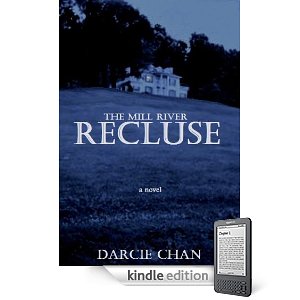







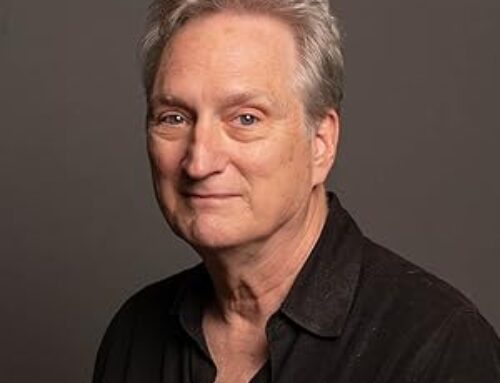

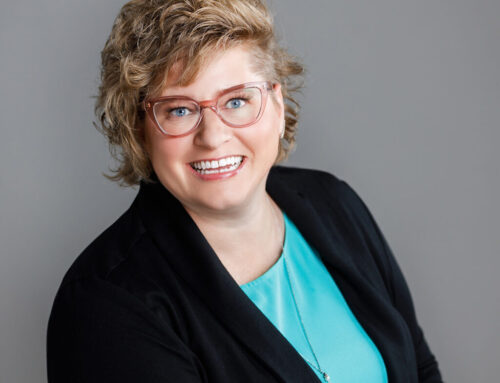

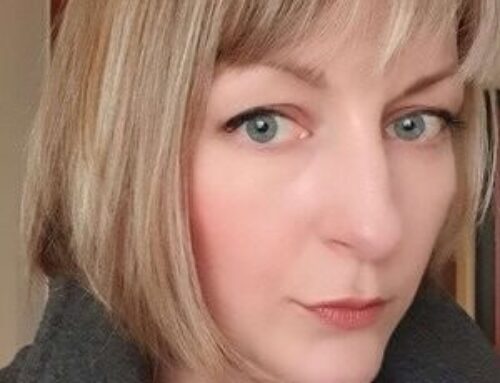
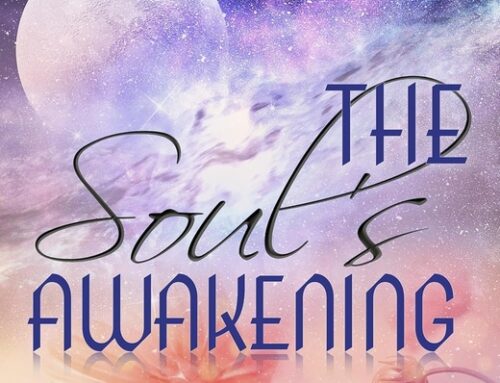
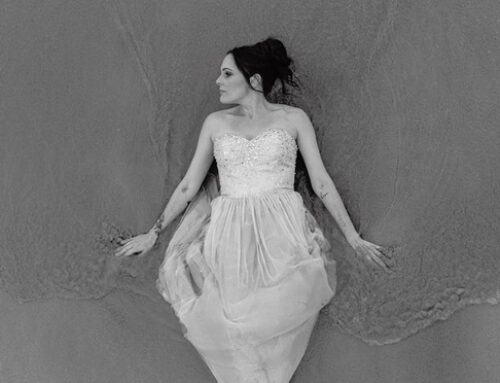
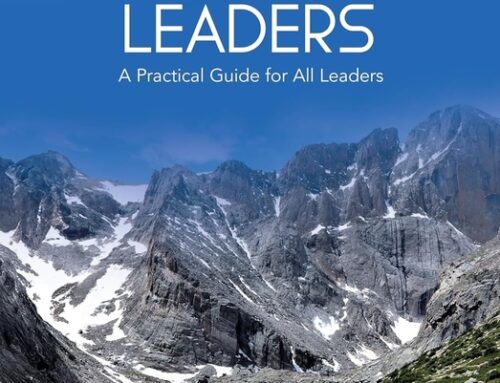
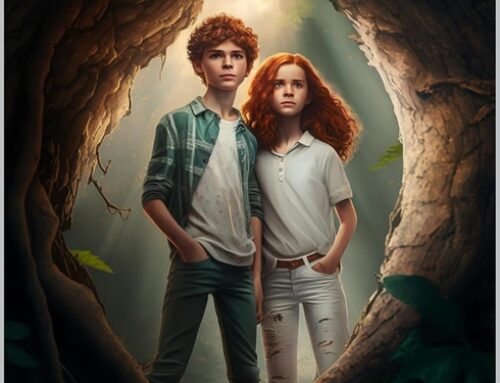
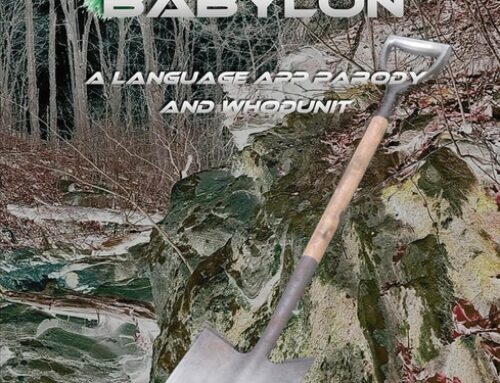
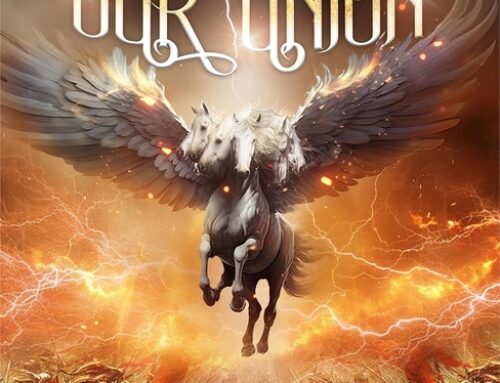
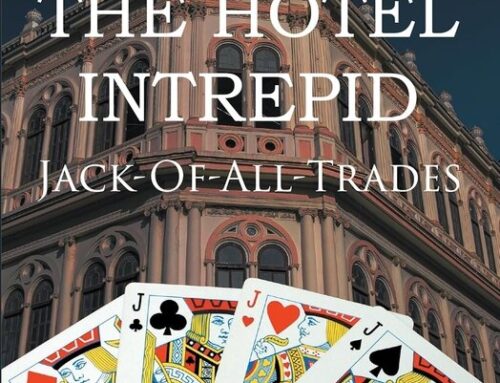

Excellent interview. I love hearing from folks that are succeeding in the every changing world of Indie publishing. It is amazing what a few good reviews can do for sales. As someone who is going through the same channels that Darcie has, I have to agree that kindle far surpasses Smashwords, at this point. It will be interesting to see how things in the future change.
A.M. Burns
Very informative. Although I wonder if the 99 cent charge had a lot to do with Recluse’s success. Nevertheless, I will download and read it.
I’ve had the same results with Smashwords — very little. Kindle still tops them all for my novel, Nightworld. http://amzn.to/pwvYVb
Thanks for the comments. I found Darcie generous with her time for the interview, which included a couple of follow-up questions that I folded in. It’s clear that making one’s book at 99 cents doesn’t equal success, but also most if not all the indie bestsellers are at 99 cents. I wrote a whole separate blog, THE 99-CENT EBOOK DILEMMA: ROAD TO SUCCESS OR A SUGGESTION “IT SUCKS”? at http://redroom.com/member/christopher-meeks/blog/the-99-cent-ebook-dilemma-road-to-success-or-a-suggestion-%E2%80%9Cit-sucks%E2%80%9D
Since I wrote it, I had my book at 99 cents for a month, and now I’ve brought it back to $2.99, where it seems to sell better. I can’t tell you why. Maybe I’ll update that blog and bring it to SPR.
Thank you for an informative and quite helpful look at self-publishing.